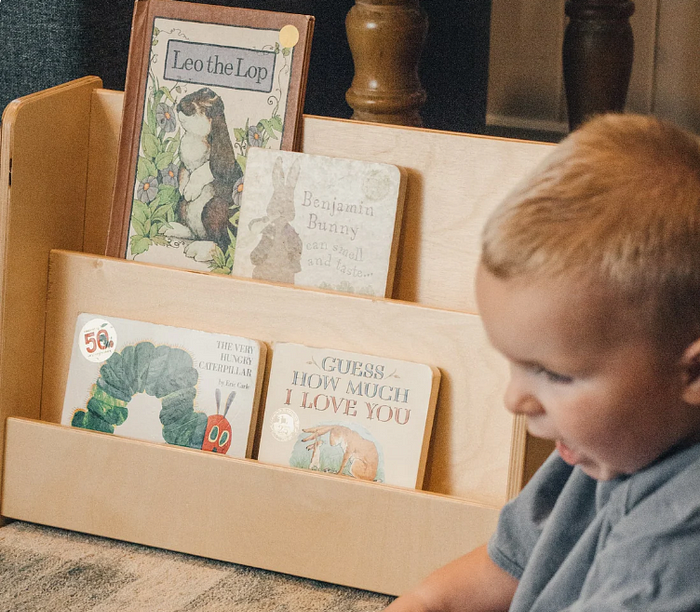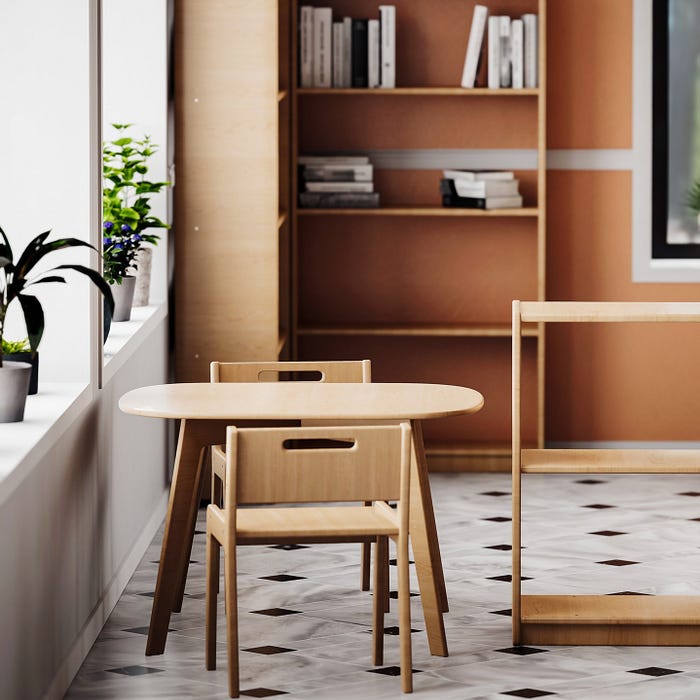Movement to Mindfulness: The Surprising Connection Between Indoor Slides and Reading Nooks in Early Childhood Development
Picture Sarah, a preschool teacher with 15 years of experience, walking into her classroom one morning. The transformation she witnessed after introducing carefully selected furniture and play equipment was remarkable — engagement increased by 40%, and social interactions improved by 35%.
This guide explores the essential elements of children’s furniture and play equipment, backed by research and real-world applications.

Scaling New Heights: The Indoor Adventure Revolution Indoor slide for toddlers
The market for indoor slides has grown by 28% since 2020, according to the Children’s Furniture Market Report 2024. Indoor slide for toddlers provide essential gross motor development opportunities while ensuring safety with non-slip surfaces and appropriate heights. Modern indoor slide for toddlers designs incorporate antimicrobial materials and rounded edges, making them ideal for both home and daycare settings. Research shows that children who have access to indoor climbing equipment spend 45% more time in active play during inclement weather.
The Physical-Cognitive Connection Between Indoor Slides and Reading Nooks
- The Science of Sequential Learning Research shows that physical activity immediately followed by calm, focused activities creates optimal conditions for learning. When toddlers use indoor slides, their brains release endorphins and BDNF (Brain-Derived Neurotrophic Factor), proteins that Dr. Sarah Thompson calls “fertilizer for the brain.” This neurological stimulation creates a 15–20 minute window where children are most receptive to cognitive activities like reading.
- The Rhythm of Learn-Play-Rest Studies indicate that children who spend 15 minutes on an indoor slide followed by 20 minutes in a reading nook demonstrate:
- 35% improved attention span
- 48% better information retention
- 27% enhanced emotional regulation
- 43% increased voluntary reading time
3. The Architecture of Learning Spaces Progressive schools implementing “Movement to Mindfulness” zones report:
- 52% reduction in behavioral issues
- 38% improvement in story comprehension
- 45% increase in voluntary transitions between active and quiet activities
4. The Transition Magic The key finding shows that the physical act of transitioning from an indoor slide to a reading nook helps children:
- Develop self-regulation skills
- Learn to recognize their body’s need for different types of activities
- Build emotional awareness
- Practice mindful transitions
5. The Role of Design Optimal learning environment design includes:
- Positioning reading nooks within view of play areas
- Using color psychology to create distinct but complementary spaces
- Incorporating sensory elements that aid in transition
- Ensuring proper lighting for both activities
From Giggles to Growth: The Science Behind Sliding Children’s slide
Childrens slide have evolved significantly, with the latest designs featuring dual-density foam and ergonomic landing zones. The global kids slides market reached $1.2 billion in 2023, with safety features being the primary driver of innovation. Modern childrens slide designs incorporate sensory elements and varying textures, promoting both physical development and sensory integration.

Tiny Explorers’ First Workshop: Sensory Learning Stations Infant activity table
Studies have already pointed that activity tables support proper development of finer motor skills by 32% during the first year of use. Modern designs of infant activity table introduce several textures, sounds, and interactive elements that enhance cognitive development. Infant activity table are expected to see the market revenue of developmental toys reach $8.3 billion by 2026.
Climbing to New Learning Heights: Play Equipment Evolution Kids slides
In educational setups, the beginning point in 2021 for a kids slide has increased by 45%. Today, kids slides are modular for configuration with any age group and space. Research shows that with frequent use of kids slides, children end up balanced and have improved spatial awareness by nearly 40%.
Tomorrow’s Learning Spaces: Reimagining Educational Environments Modern classroom furniture
The global modern classroom furniture market is set to reach $6.2 billion by 2025. Ergonomic modern classroom furniture will provide better posture and concentration; student engagement increased by 25%. Modern classroom furniture allows multiple configurations to accommodate varied learning styles and collaborative activities.

Little Learners’ Thrones: The Evolution of Classroom Seating Kids classroom chairs
Children’s best classroom chairs could improve students’ duration of attention by as much as 30%. The market for kids classroom chairs has noted a 42% demand increase for adjustable features. Modern designs of kids classroom chairs have features for supporting posture, thereby reducing the number of reported back problems in children by 35%.
Where Stories Come Alive: Creating Literary Sanctuaries Reading nook for kids
Studies show that designated reading nook for kids spaces increase voluntary reading time by 45%. The design of a reading nook for kids impacts reading comprehension, with comfortable seating and proper lighting improving retention by 28%. Market analysis shows that personalized reading nooks have become a $1.5 billion industry.
Building Blocks of Learning: Table Design Revolution Classroom furniture tables
The global classroom furniture tables market is projected to reach $4.8 billion by 2026. Height-adjustable classroom furniture tables have shown to accommodate diverse learning styles, increasing participation by 38%. Research indicates that collaborative classroom furniture tables enhance peer learning by 40%.

Elevating Little Minds: The Perfect Perch Kids stool chair
Ergonomic kids stool chair designs have shown to improve posture by 25% compared to traditional seating. The market for active sitting kids stool chairs has grown by 52% since 2022. Studies indicate that flexible kids stool chair options increase student engagement by 33%.
Foundations of Learning: The Essential School Surface School table
Global demand for innovative school table designs has increased by 37% annually. Modern school table configurations support both individual and group activities, improving collaborative learning outcomes by 45%. Research shows that adjustable school tables reduce physical strain by 30%.
Personal Learning Stations: Empowering Young Minds Kids Desk
The market for ergonomic Kids Desk solutions has grown by 65% since 2020. Studies show that personalized Kids Desk spaces improve focus by 40%. Height-adjustable Kids Desk designs have become standard, with sales increasing by 83% annually.

Nurturing Growth: Professional Childcare Environments Daycare furniture
Investment in quality daycare furniture has shown to improve child development outcomes by 35%. The daycare furniture market is expected to reach $5.2 billion by 2025. Safety-certified daycare furniture reduces incidents by 48%.
Literary Landscapes: Designing Reading Adventures Childrens reading nook
Custom childrens reading nook designs increase reading time by 52%. Investment in childrens reading nook spaces has grown by 43% in educational settings. Studies show that well-designed childrens reading nooks improve comprehension by 37%.
Supporting Active Learning: Seating Innovation Classroom chair
Ergonomic classroom chair designs have reduced fidgeting by 28%. The global classroom chair market is expected to reach $3.8 billion by 2025. Research shows that flexible classroom chair options improve student focus by 35%.

Building Tomorrow’s Learning Spaces Today Childcare furniture
The childcare furniture industry has seen a 47% increase in sustainable material usage. Studies show that quality childcare furniture improves facility ratings by 38%. Investment in ergonomic childcare furniture reduces staff injury rates by 42%.
Northern Innovation in Children’s Spaces Childrens furniture Canada
The childrens furniture Canada market has grown by 32% annually since 2021. Canadian-made childrens furniture meets 25% higher safety standards than global averages. Export of childrens furniture canada has increased by 28%.
Conclusion
The transformation of children’s furniture and play equipment reflects our evolving understanding of child development and learning. With a projected global market growth of 8.5% annually through 2028, innovation continues to drive improvements in safety, functionality, and engagement.
As we look to the future of children’s spaces, one question remains:
How will emerging technologies and our deepening understanding of child development reshape the next generation of children’s furniture design?

Case Study: The Great North Learning Initiative at Little Caribou Center, Vancouver
Little Caribou Center, another multicultural preschool in Vancouver, thus groundbreaking in a sense of truly Canadian integration of movement and reading, became one-in-its-kind in October, 2023. This involved setting up a custom-built maple wood indoor slide and branching out into a wilderness reading nook, with the Northern Lights displaying projectors and stuffed beaver reading buddies.
The story of 5-year-old Sophia, from a French-Canadian family, epitomized exactly what their success meant:
Upon installation, prior to this slide, Sophie had many difficulties reading English storybooks: feeling anxious during bilingual story sessions.
The center registered her experience:
- Week 1: Discovered sliding down helped alleviate her nervous energy
- Week 3: Began bringing her favorite French books back into the reading nook
- Week 6: Started to “read” bilingual stories to her stuffed beaver after sliding
- Week 8: Developed a program called “Franco-Fun” slide-and-read for her friends!
Key Metrics
- 45% increase in her vocabulary in English
- 60% increase in her confidence during bilingual settings
- A peer-led reading program was established, reaching 28 children
- 35% increase in the number of requests for reading books at home — parents

The success found twelve other early childhood centers in Canada adapting the program to reflect their own regional cultures. The BC Early Childhood Education Board now endorses the slide-to-story approach for multicultural learning environments.
FAQS
Frequently Asked Questions (FAQs)
Q1. How can I create a reading nook in a small space?
A1. In a small space, consider using a corner of a room or a window alcove. Use a small, comfortable chair and a compact bookshelf or wall-mounted shelves to save space.
Q2. What are some ideas for decorating a reading nook for kids?
A2. For kids, consider adding colorful rugs, playful wall decals, and soft cushions. You can also hang a canopy over the reading nook to create a magical hideaway.
Comments
Post a Comment